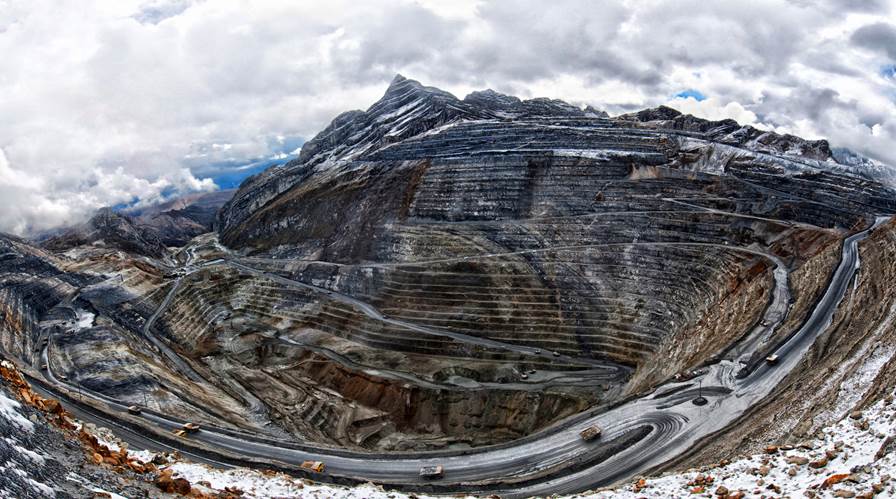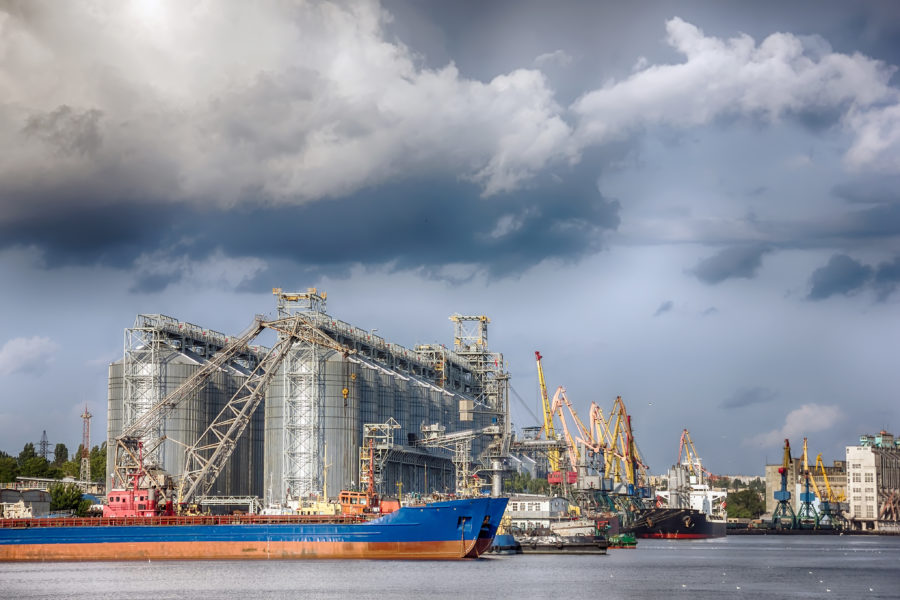Mining Indaba 2016 outcomes: Can the mining industry return to long term, sustainable growth?
By Liv Carroll BSc MSc DIC CGeol FGS FIMMM, technical director of geology and business development, Wardell Armstrong International
Last week I was in Cape Town for Mining Indaba, Africa’s largest annual mining gathering, with the Indaba itself reportedly the biggest mining investment event in the world. I’m sure all those who attended would agree that though the overall numbers were lower, the conference and all associated events were excellent opportunities to have some seriously focussed conversations with some seriously focussed people. I returned to London under no illusions about the issues facing the industry – but at the same time more convinced than ever that most if not all of the answers are in our own hands.
It is undeniable that the mining industry is in the worst downturn experienced by those currently working in the sector. While there are some shoots of spring with gold gaining last week (though taking a bit of a hit so far this week) and iron ore having gained just over 5% in a recent 24 hour period, the industry remains in an unprecedented state in an unprecedented world.
The world in which we operate has never been so connected, nor in a position to respond and change so rapidly. The Internet, social media and technological advances, including the Internet of Things, has thrown multiple influences at the mining industry that now have to be factored in.
There was a time when if you had a decent product – copper or coal for example – that you could get out of the ground, could separate from the waste rock and could get to market, you’d be able to realise some value. Not anymore. Quite apart from deposits being harder to find, deeper, and some of lower quality or difficult chemistry, the world market is currently in oversupply on many commodities. And our recently acquired web-enabled connectivity means that social licence to operate is harder to come by and even harder to maintain. Share prices can be decimated by a simple, misguided tweet.
Necessity for evolution
With unstable markets, demand less easy to predict and commodities increasingly competitive on supply, the mining industry needs to evolve now more than ever. Funding is limited no matter how good your project is. Balance sheets are debt heavy. Investors are wary due to over dilution, poor performance and uncertain returns in recent times. This is often coupled with a lack of understanding about the mining value chain and just how long it takes to get a project from exploration (brownfields included) through the various study stages and into development – if it even gets that far and quite apart from the cost.
We in the industry are partly to blame for this given that there have been (and unfortunately still are) quite a number of so-called ‘lifestyle’ companies where not a penny is being generated but management are still paying themselves US$250k plus pa. In addition to this, investors have been kept in the dark about the process and timescales to avoid scaring them off. They’ve had their fingers burnt – and now understandably they don’t want to put them back in.
Honesty and good communications
How do we fix this? By honesty and good communications. We need to inform investors upfront of the likely timeframe and scale of costs, so we improve their understanding and manage their expectations. Mining isn’t a short term business with returns within a few years. It’s long term and high risk. If Mother Nature is kind, if the geologists and engineers all do their job well, if all other areas are covered off and if the planets are aligned, investors could see a return in eight to ten years. Patient capital is required, as are investors who understand at least the basic principles of the business of mining.
Funding options
So where can companies look for funding in the current climate? Options are indeed limited and funding structures will be more complicated. But there are options, including private equity. PE, which is holding most of the cards at the moment, seems to be waiting for the bottom of the market but is indeed willing to invest in the right projects. Other options include off-take, royalties and streaming as well as debt for high quality projects as long as the balance sheet is not already unbalanced. And management, you’re going to have to dilute your holdings in order to keep the project and/or company breathing and healthy. A lower percentage of 100% is after all better than 0% of nothing!
Of the commodities most likely to attract funding, iron ore and coal seem to be dead in the water. On the other hand China is still growing at an official 6.9% for 2015 (although some believe this to be nearer to 4%) and the world is still powered by coal more than any other source – something that’s not going to change any time soon.
Gold is set to be favourite for the year, perhaps because gold assets are largely understood and seen as a safe haven during times of political instability, what with Syria and Ukraine – not to mention the looming US election. Lead and zinc were also spoken of highly during the Mining Indaba, and although copper seems to have fallen out of favour, largely due to recent oversupply, it’s always going to be required globally.
The more specialist commodities needed for specific purposes such as lithium, REE, tungsten and antimony will continue to be required as the technologies they relate to won’t be superseded in the foreseeable future. The demand for them is driven by communications and alternative energy supply technologies, fuelled further by climate change initiatives.
The big question
So the big question. How do we return to long term sustainable growth in the mining sector?
First of all – good projects with products that are needed in the next five to twenty years. Secondly – sensible and smart management who are willing to take a reasonable salary and adjust to the needs of the business. Thirdly – first movers in PE who call the bottom of the market, creating positive market sentiment that ripples out to institutions, high net worth individuals and small scale share investors.
It will inevitably take some time to address the debt burden in many companies. Some of these companies may not survive if they’re unable to meet the capex/opex they need to generate sufficient cash flow to service their debt – but this may bring the change the industry needs.
It will also take time for supply and demand to rebalance, especially where commodities have been in oversupply. In the case of iron ore, several companies are continuing with their production growth plans despite that being bad for the iron ore market. Can you blame them? As was said during Mining Indaba, a company’s responsibility is to its shareholders and not to the market as a whole – so they may continue with their plans if they have the margins to do so and remain profitable.
Political instability aside, I come back to my view that most if not all of the answers are in our own hands. The industry has the opportunity to return to a steady state as long as greed is kept in check and we don’t end up over-correcting ourselves once things do start to pick up. And it will – but it will take a coordinated effort, solid management, focus and discipline. Not necessarily characteristics that the industry has been noted for in the past – but absolutely essential now.
About Wardell Armstrong:
Wardell Armstrong (www.wardell-armstrong.com) is a leading independent engineering consultancy specialising in mineral resource development and management. With a strong heritage dating back more than 175 years, the firm is today helping to tackle some of the world’s most pressing environmental challenges like renewable energy generation, waste management and environmentally responsible mining.
The firm helps clients to deal responsibly with issues like corporate and social responsibility, planning policy and environmental protection legislation, while also successfully maximising commercial and economic benefits. Projects range from exploration and resource assessment of mineral reserves in central Asia, feasibility studies to international bankable standards, due diligence for mergers & acquisitions, to social impact studies on the most vulnerable communities in central Africa, and mineral estate management for UK landowners.
More News
{{ commodity.name }}
{{ post.title }}
{{ post.date }}



Comments